Safety first: Solar panel installer guide
Table of Contents
Introduction
As the solar industry expands globally, the demand for skilled solar panel installers is also rising. This is due to the fact that certain safety precautions must be taken when installing and operating solar setups.
Solar installation involves more than just putting solar panels into place. It also requires system planning, mechanical and electrical wiring, and inverter commissioning. Therefore, safety is always the top priority in each and every step throughout the installation.
To ensure a safe and efficient solar installation, we’ve put together this handy guide. Whether you’re a professional installer or a DIY enthusiast, this guide can help navigate you through any potential hazards during the installation process. By the end of this guide, you’ll have an all-round understanding of how to keep yourself and your solar project safe.
Now let’s navigate safe installation, step by step.
General safety instructions for solar installers
Before kicking off the project, we advise that you read through the safety notice in the user manual. Here are some highlights for you to keep in mind:
- You should always inspect the product before installation to check for any damage that may have occurred during transportation, such as scratches or loose connections.
- When deciding where to put the inverter, you should follow the cooling requirements and place it in a well-ventilated area.
- Remember to get the necessary approvals from your local power operator before connecting the inverter to the power grid. We recommend that this connection should be made exclusively by qualified technical personnel.
- It is the responsibility of the installer to provide external disconnect switches and Overurrent Protection Devices (OCPDs).
What personal protective equipment should you wear?
Personal protective equipment, or PPE, is crucial for the safety of installers. However, this is often overlooked in the installation process. Let’s go through the list of equipment you’ll need to stay safe:
- Helmet: You should always wear a helmet during installation to protect from any falling objects.
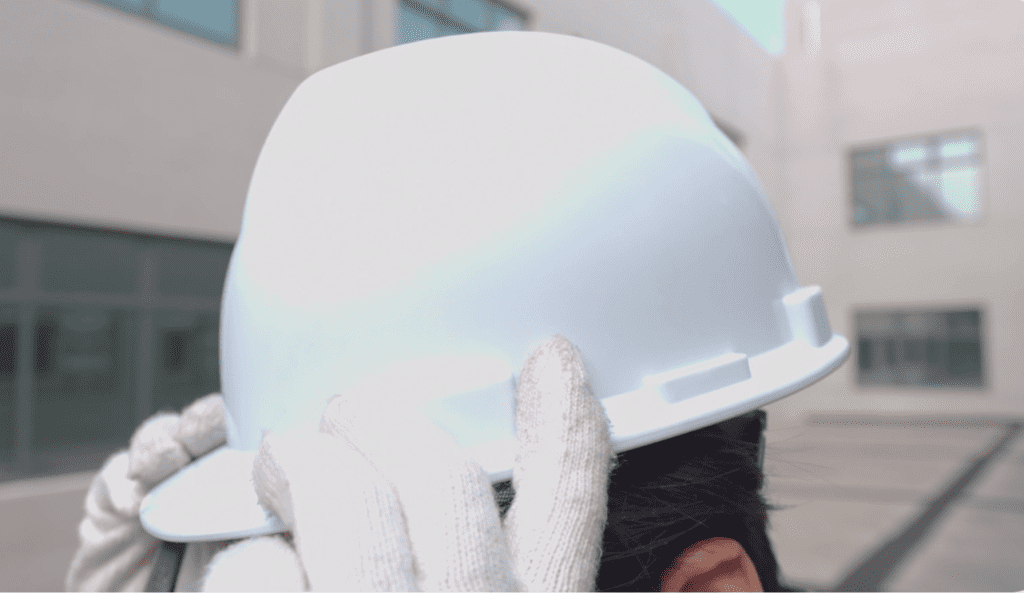
- Gloves: Electrical insulated gloves not only protect your hands from injuries, but also prevent any electrical shocks.
- You will regularly be tightening and loosening screws and parts. Gloves can increase the force of friction and make things easier.
- Some solar parts have sharp edges, and you’ll often find yourself carrying materials around and working in narrow spaces. To safeguard your hands during these activities, you should wear gloves for protection.
- Gloves can also keep you safe from electrical hazards when you perform wiring and connection.
- Finally, gloves can help you avoid getting your hands stained, so make sure to always wear them.
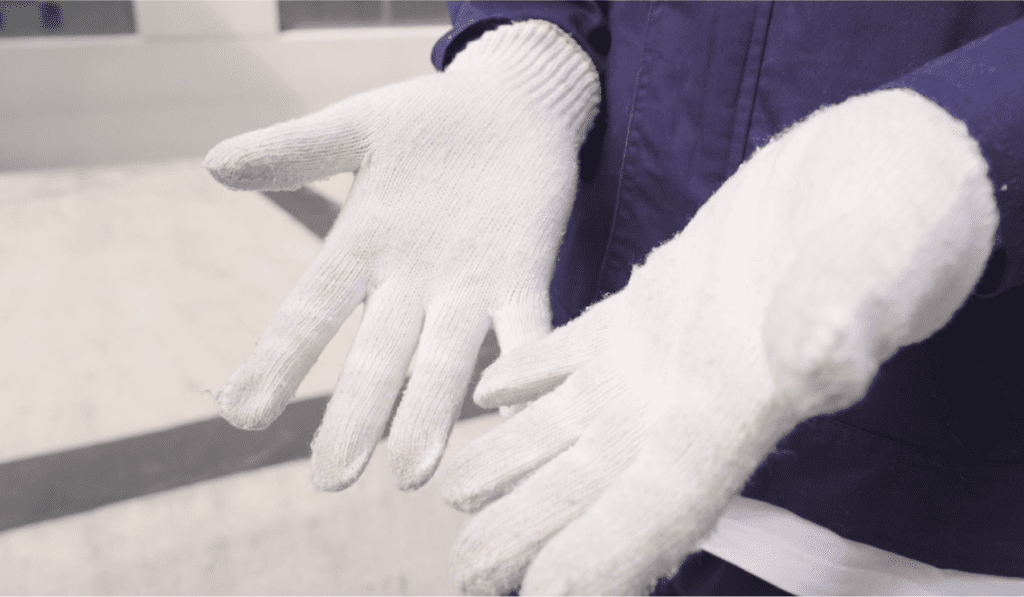
- Protective suit: A protective suit is necessary to keep you safe and make things easier. Make sure the suit fits properly to avoid it snagging on any surrounding objects.
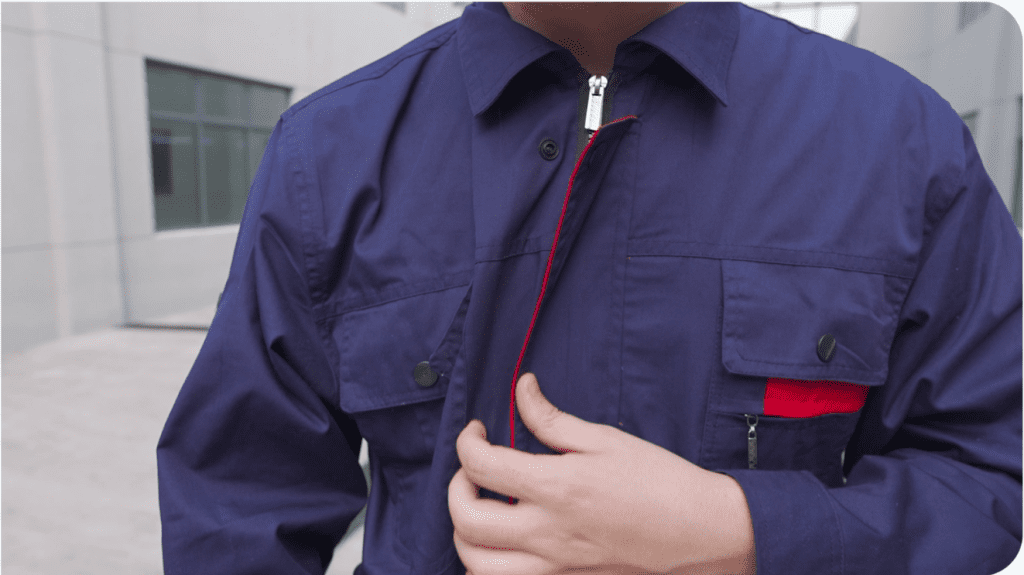
- Safety rope: Ensure that you wear the safety rope at all times during roof operations to minimize the risk of accidents and potential falls. This precautionary measure is essential for creating a secure environment and promoting a safer working experience.
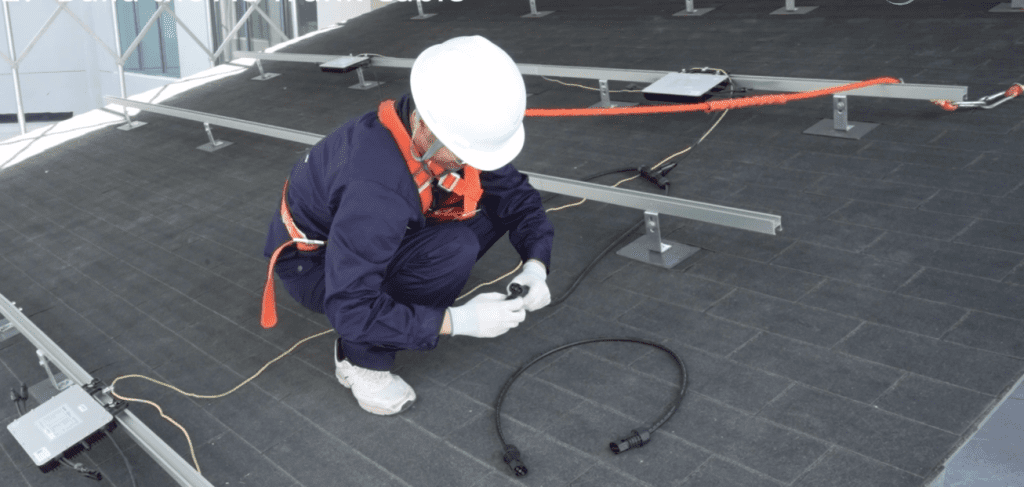
Safety tips during solar installation
- Always use a ladder to climb up to, and down from, the rooftop.Make sure the ladder is positioned correctly to ensure safety and stability. Place the ladder so that it is not too steep or too shallow to help you avoid potential dangers. Correctly positioned ladders are crucial for preventing accidents and creating a safe working environment.
- Lift solar panels properly.Ensure safe handling of solar panels by having them carried by two people at a time. This ensures proper weight distribution and reduces the risk of accidents during transportation. Always follow this guideline for a secure and smooth installation process.
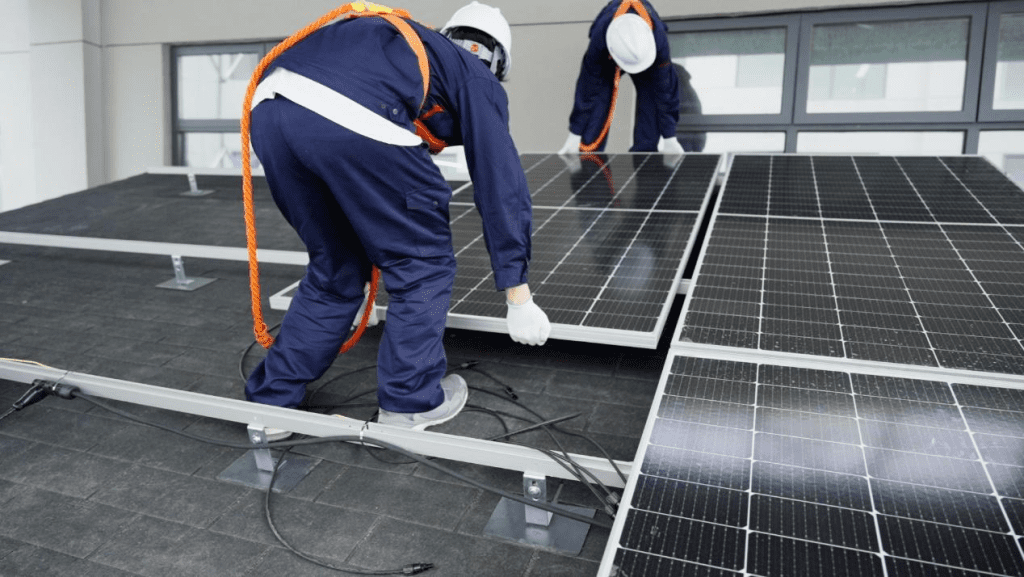
Conclusion
Solar panel installations can be a daunting task as they involve far more than simply assembling things. You need to take care of all the components in a solar setup, such as solar panels, solar inverters, meters, racks, and so on, and should have the proper mechanical and electrical knowledge to do this safely. If you are looking for solar installer jobs, make sure you receive proper safety training before beginning work on any solar panel installation tasks.
